Home>Gardening & Outdoor>Outdoor Structures>What Is A Pergola For?
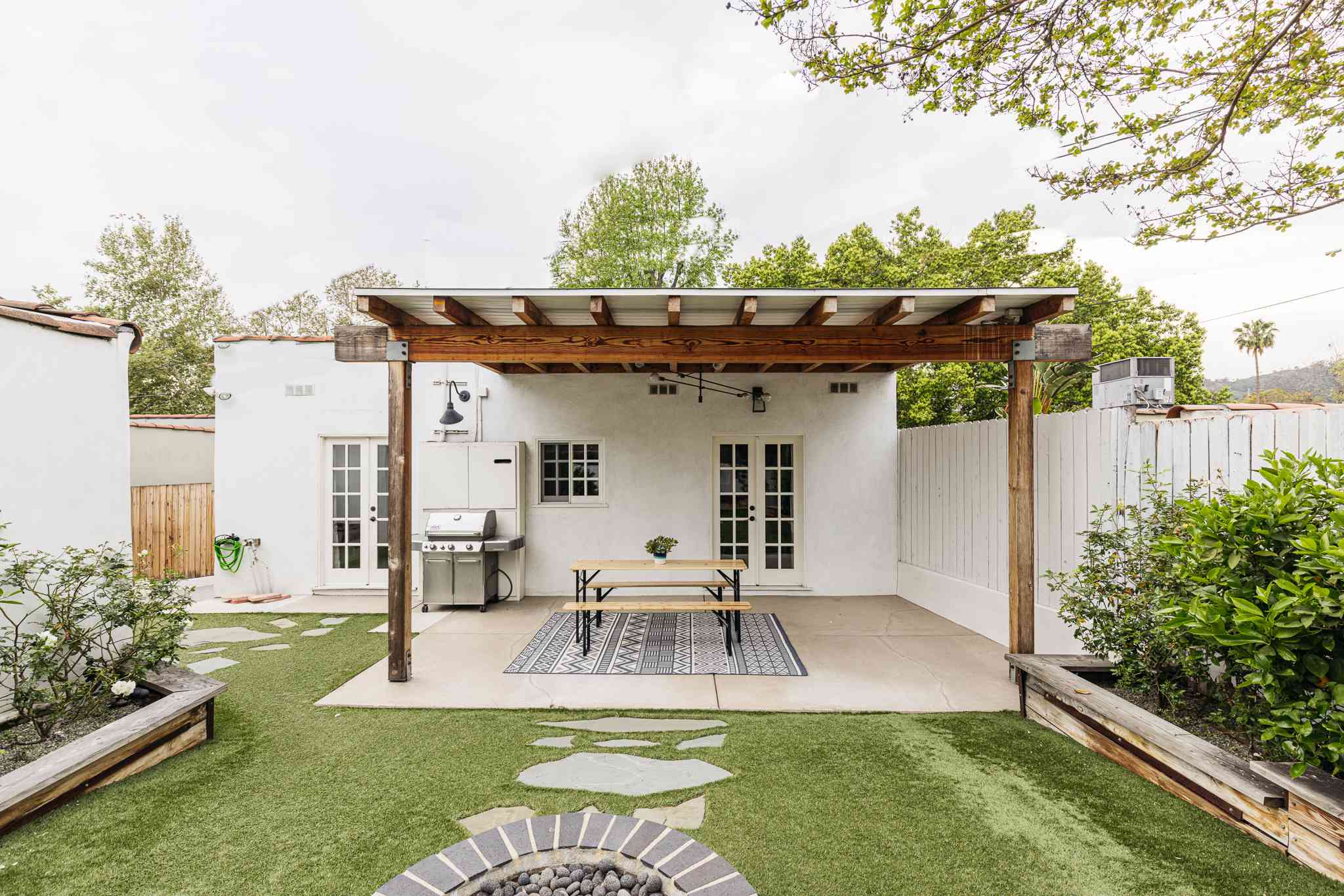

Outdoor Structures
What Is A Pergola For?
Modified: October 31, 2024
Discover the versatility of pergolas as essential outdoor structures, perfect for creating shade and enhancing your outdoor living space. Explore the many uses of pergolas and their benefits.
(Many of the links in this article redirect to a specific reviewed product. Your purchase of these products through affiliate links helps to generate commission for Storables.com, at no extra cost. Learn more)
Introduction
Welcome to the world of outdoor living, where the gentle caress of a warm breeze and the dappled sunlight filtering through lush greenery create an idyllic setting for relaxation and entertainment. In this realm, one architectural feature stands out as both a practical and aesthetic marvel: the pergola. This timeless outdoor structure has been cherished for centuries, adding an air of elegance and functionality to gardens, patios, and outdoor spaces around the world.
Let’s embark on a journey to unravel the multifaceted allure of pergolas, exploring their rich history, versatile utility, and the myriad ways in which they enhance the outdoor living experience. Whether you’re a seasoned aficionado of al fresco living or a newcomer to the enchanting world of outdoor structures, prepare to discover the captivating essence of the pergola and the myriad purposes it serves.
Key Takeaways:
- Pergolas are timeless outdoor structures that provide shade, beauty, and privacy. They have a rich history and can transform any outdoor space into a captivating oasis for relaxation and entertainment.
- With their open, airy design and support for climbing plants, pergolas expand outdoor living spaces and create a seamless connection between indoor and outdoor environments. They offer a versatile canvas for creativity and relaxation.
Read more: What Are Pergola Designs?
Definition of a Pergola
At its core, a pergola is an outdoor structure that features vertical posts or pillars that support cross-beams and an open lattice. This framework forms a shaded passageway, walkway, or sitting area that offers respite from the sun while allowing refreshing breezes to flow through. Pergolas are often adorned with climbing plants, such as wisteria, grapevines, or roses, which intertwine with the lattice to create a natural, living canopy.
The design of a pergola can vary widely, from simple and understated to intricately ornate, reflecting diverse architectural styles and personal preferences. While traditional pergolas are freestanding, modern iterations may be attached to a building or serve as an extension of a larger outdoor structure, such as a deck or patio.
One of the defining characteristics of a pergola is its open, airy construction, which sets it apart from solid-roofed structures like gazebos or pavilions. This open design allows for ample ventilation and a seamless integration with the surrounding landscape, fostering a harmonious connection between the outdoor space and the architectural elements.
With its timeless charm and adaptability to various settings, the pergola has become a beloved feature in residential gardens, public parks, and commercial landscapes, serving as a versatile canvas for creativity and relaxation.
Historical Significance
The roots of the pergola can be traced back to ancient civilizations, where it was revered for its practical utility and revered for its aesthetic appeal. The word “pergola” itself has its origins in the Latin “pergula,” meaning a projecting eave. This architectural marvel has graced gardens and outdoor spaces for millennia, leaving an indelible mark on the history of human habitation and outdoor design.
Ancient Egyptians, renowned for their ingenuity in harnessing natural elements, constructed pergola-like structures using native materials to create shaded walkways and resting areas in their lush gardens. These early iterations of pergolas provided a sanctuary from the scorching sun, allowing the elite to relish moments of tranquility amidst verdant surroundings.
The ancient Greeks, celebrated for their reverence for the outdoors and philosophical pursuits, further refined the concept of the pergola, integrating it into their architectural repertoire. Pergolas became integral features of Greek gardens, adorning the landscapes of temples, public spaces, and private dwellings. These open-air structures served as gathering places for intellectual discourse, artistic contemplation, and communal festivities, embodying the Greek ideals of harmony, beauty, and the celebration of nature.
As the centuries unfolded, the allure of the pergola transcended cultural boundaries, finding its way into Roman gardens, Renaissance landscapes, and beyond. Each era and civilization infused the pergola with its unique stylistic flourishes, from the grandeur of Roman vine-covered pergolas to the graceful simplicity of Japanese timber trellises.
Today, the historical legacy of the pergola endures, resonating with a timeless appeal that transcends trends and cultural shifts. Its enduring presence in outdoor design stands as a testament to the enduring allure of this iconic structure, which continues to captivate and inspire outdoor enthusiasts and design aficionados worldwide.
Aesthetic Appeal
The pergola’s aesthetic allure lies in its ability to seamlessly blend architectural elegance with natural beauty, creating an enchanting oasis within outdoor spaces. Whether nestled amid a verdant garden, adorning a tranquil patio, or gracing the expanse of a sprawling landscape, pergolas infuse outdoor settings with an undeniable sense of grace and refinement.
One of the most captivating features of a pergola is its capacity to serve as a captivating focal point, drawing the eye and beckoning visitors to explore its shaded alcoves and sun-dappled corridors. The interplay of light and shadow within the lattice framework, especially when adorned with climbing plants, creates a captivating tapestry of natural beauty that evolves with the shifting patterns of the sun and the seasons.
Architecturally, pergolas offer a versatile canvas for design expression, allowing for a harmonious integration with various styles of homes and landscapes. From the timeless charm of classic wooden pergolas to the sleek sophistication of modern metal structures, the aesthetic possibilities are as diverse as the imaginations of those who envision them.
Furthermore, the open, airy design of pergolas fosters a sense of connection with the surrounding environment, creating an immersive experience that celebrates the splendor of nature. Whether framed by blossoming flowers, verdant foliage, or panoramic vistas, pergolas serve as enchanting gateways that invite individuals to savor the beauty of the outdoors in an elegant and sheltered setting.
As a testament to their enduring appeal, pergolas have found their way into the realms of art, literature, and popular culture, symbolizing romance, tranquility, and the timeless allure of outdoor living. Their presence in paintings, poems, and cinematic settings reflects their status as iconic emblems of natural beauty and architectural splendor, perpetuating their legacy as beloved symbols of aesthetic enchantment.
Shade and Protection
One of the primary functions of a pergola is to provide a welcoming sanctuary from the sun’s intense rays, offering a shaded retreat that allows individuals to relish the outdoors without enduring the full brunt of the sun’s heat. This feature makes pergolas invaluable additions to outdoor spaces in regions where summers are characterized by scorching temperatures and abundant sunshine.
The lattice roof of a pergola, often adorned with climbing plants or fabric panels, casts a patterned shade that gently filters sunlight, creating a cool and inviting ambiance beneath its canopy. This dappled shade not only enhances the comfort of those beneath it but also contributes to the preservation of outdoor furnishings and decor by shielding them from prolonged exposure to UV rays.
Furthermore, the strategic placement of a pergola can serve as a natural extension of a home’s architectural design, providing shade to windows, doors, and outdoor living areas. This can help regulate indoor temperatures and reduce the need for excessive air conditioning, contributing to energy efficiency and a more sustainable lifestyle.
In addition to offering respite from the sun, pergolas can provide protection from light rain, allowing individuals to continue enjoying outdoor activities without being driven indoors by passing showers. By incorporating weather-resistant materials and adjustable coverings, such as retractable canopies or louvered roofs, pergolas can offer a versatile solution for sheltering outdoor spaces from the elements while maintaining an open and airy ambiance.
Ultimately, the shade and protection offered by pergolas create a versatile outdoor environment that can be enjoyed throughout the seasons, whether for al fresco dining, leisurely gatherings, or quiet moments of contemplation amidst the ever-changing tapestry of nature.
A pergola is a structure used to create a shaded outdoor space, often with open sides and a lattice roof. It can be used for dining, lounging, or as a decorative feature in a garden.
Read more: What Size Post For A Pergola
Outdoor Living Space
A pergola serves as a transformative element within outdoor spaces, effectively expanding the living area of a property and creating a designated area for relaxation, entertainment, and social gatherings. By delineating an open-air “room” beneath its canopy, a pergola adds a sense of structure and purpose to the outdoor environment, fostering a seamless transition between indoor and outdoor living.
When strategically positioned, a pergola can become an inviting focal point for outdoor activities, such as dining, lounging, or hosting celebrations. Whether integrated into a sprawling backyard, positioned alongside a pool, or adorning a compact patio, pergolas provide a versatile platform for outdoor enjoyment, encouraging individuals to savor the beauty of nature while reveling in the comforts of home.
Moreover, the open design of a pergola allows for the free flow of air and light, creating a welcoming and well-ventilated space that beckons individuals to linger and unwind. This open-air quality lends itself to a myriad of outdoor pursuits, from leisurely reading and contemplation to lively conversations and festive gatherings, evoking a sense of freedom and connection with the natural surroundings.
With the addition of thoughtful furnishings, such as comfortable seating, dining sets, and ambient lighting, a pergola can be transformed into a captivating outdoor retreat that accommodates a wide range of activities throughout the day and into the evening. Whether enjoying a leisurely breakfast bathed in morning sunlight, hosting a twilight soiree beneath twinkling stars, or simply basking in the tranquility of a sun-dappled afternoon, the outdoor living space created by a pergola becomes a cherished extension of the home.
Privacy
Beyond its role as a shading and architectural feature, a pergola can also serve as a captivating means of enhancing privacy within outdoor spaces. By strategically positioning a pergola and incorporating elements that provide visual screening, such as latticework, drapes, or climbing plants, individuals can create secluded alcoves and intimate retreats that offer a sense of seclusion without sacrificing the beauty of the outdoors.
When adorned with lush foliage, such as cascading vines or flowering climbers, a pergola can form a natural barrier that shields its occupants from prying eyes while enveloping them in a cocoon of verdant tranquility. This living privacy screen not only adds an element of enchanting beauty to the outdoor environment but also fosters a sense of seclusion that is conducive to relaxation and contemplation.
Furthermore, the lattice framework of a pergola can be adorned with drapes, curtains, or sliding panels that can be drawn to provide additional privacy as desired. This versatile feature allows individuals to tailor the level of privacy to their specific needs, whether creating an intimate setting for a romantic dinner, shielding a spa or hot tub from view, or simply enjoying a moment of solitude amidst the splendor of nature.
By integrating privacy-enhancing elements into the design of a pergola, individuals can craft outdoor sanctuaries that offer a harmonious balance of openness and seclusion, inviting them to savor the beauty of the outdoors while relishing moments of tranquility and intimacy.
Plant Support
One of the most enchanting aspects of a pergola is its capacity to serve as a living canvas for a diverse array of climbing plants, vines, and flowering creepers. The open lattice framework of a pergola provides an ideal support structure for these botanical marvels, allowing them to ascend skyward and weave a tapestry of natural beauty across the structure’s beams and rafters.
Climbing plants, such as wisteria, jasmine, or clematis, can be trained to ascend the vertical posts and interlace with the lattice, creating a living canopy that offers shade, fragrance, and visual delight. As these plants mature and flourish, they infuse the pergola with a sense of vitality and charm, transforming it into a captivating arboreal retreat that evolves with the changing seasons.
Beyond their ornamental appeal, climbing plants also contribute to the ecological harmony of the outdoor environment, attracting pollinators, providing habitat for beneficial insects, and fostering a sense of biodiversity within the landscape. Their foliage and blossoms add a dynamic dimension to the pergola, imbuing it with a sense of natural beauty and vitality that evolves with the passage of time.
Moreover, the integration of climbing plants within a pergola offers an opportunity for individuals to engage in the art of garden design, selecting plant varieties that complement the surrounding landscape and reflect their personal aesthetic preferences. Whether seeking vibrant bursts of color, fragrant blooms, or verdant foliage, the possibilities for creating a botanical masterpiece within a pergola are as boundless as the imagination.
By providing a supportive framework for the growth and expression of climbing plants, a pergola becomes a living sculpture that celebrates the symbiotic relationship between architecture and nature, inviting individuals to revel in the ever-changing beauty of the botanical world.
Conclusion
As we conclude our exploration of the multifaceted allure of pergolas, it becomes abundantly clear that these iconic outdoor structures embody a harmonious fusion of practical utility, timeless elegance, and natural beauty. From their historical significance to their capacity for creating enchanting outdoor spaces, pergolas stand as enduring testaments to the enduring appeal of al fresco living and the artful integration of architecture and nature.
Throughout history, pergolas have transcended cultural boundaries and architectural styles, leaving an indelible mark on the landscapes of gardens, parks, and residential properties around the world. Their open, airy design, coupled with their capacity for providing shade, privacy, and support for climbing plants, renders them indispensable elements within the realm of outdoor living.
Moreover, the aesthetic appeal of pergolas serves as a captivating invitation to savor the beauty of the outdoors, offering a seamless transition between indoor and outdoor living while creating a sense of structure and purpose within the landscape. Whether serving as a shaded retreat, a venue for social gatherings, or a sanctuary for solitude, pergolas enrich the outdoor experience and celebrate the splendor of nature.
As we look to the future, the timeless allure of pergolas continues to captivate the imagination of outdoor enthusiasts, landscape designers, and homeowners seeking to enhance their outdoor spaces. Whether nestled within a private garden, adorning a public park, or gracing the grounds of a commercial establishment, pergolas stand as enduring emblems of beauty, functionality, and the enduring allure of outdoor living.
So, as you embark on your own journey of outdoor exploration and design, consider the transformative potential of a pergola. Whether seeking to create a shaded retreat, an inviting outdoor living space, or a verdant sanctuary, the pergola stands ready to enrich your outdoor environment and elevate your al fresco experience to new heights.
Frequently Asked Questions about What Is A Pergola For?
Was this page helpful?
At Storables.com, we guarantee accurate and reliable information. Our content, validated by Expert Board Contributors, is crafted following stringent Editorial Policies. We're committed to providing you with well-researched, expert-backed insights for all your informational needs.
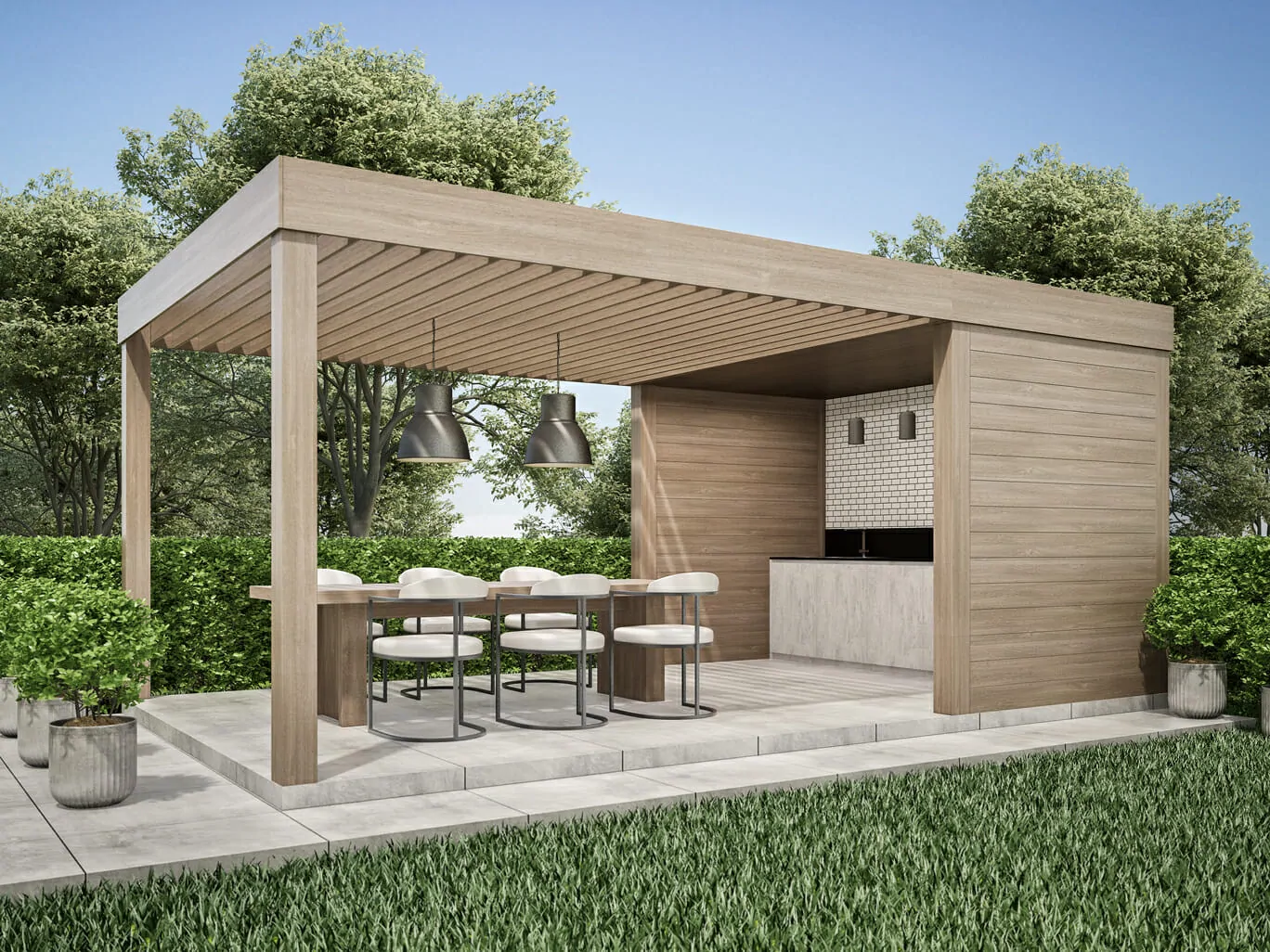
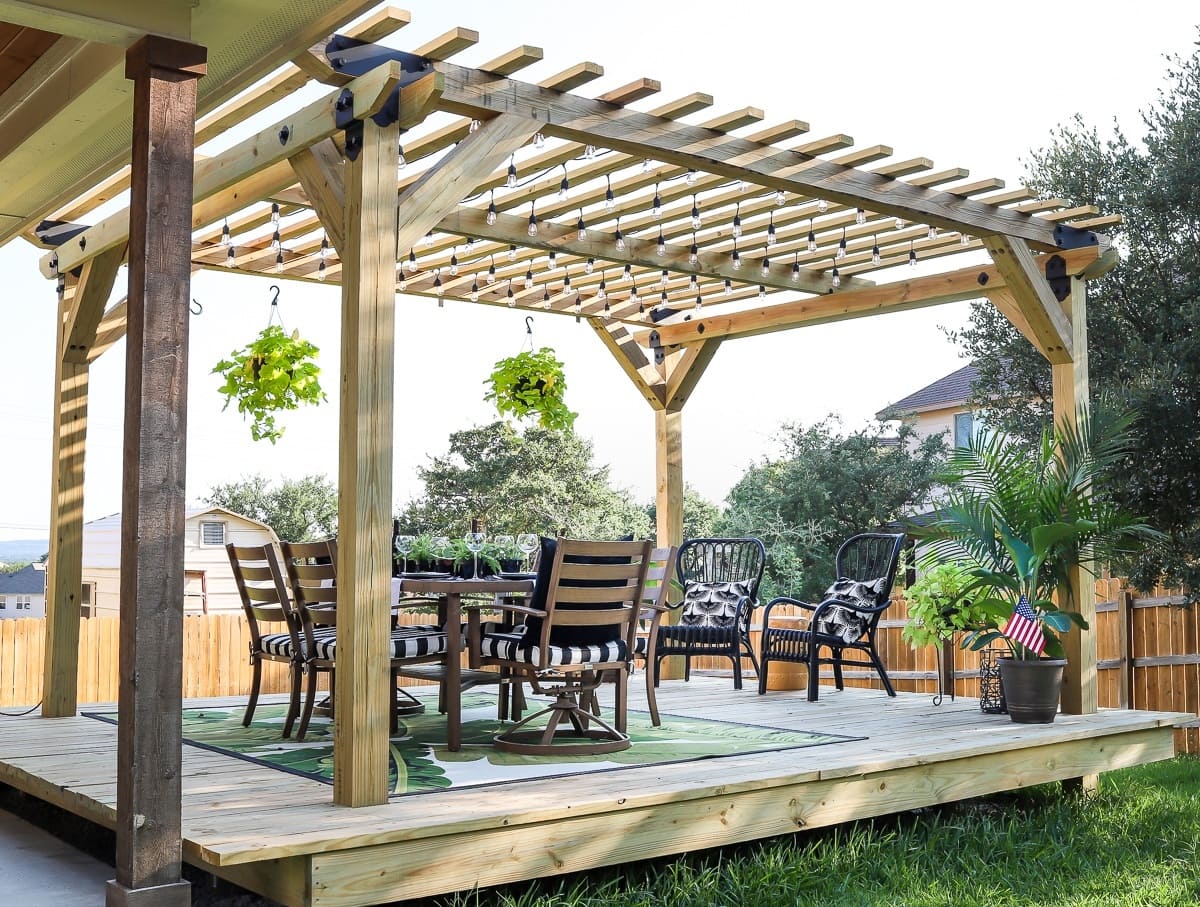
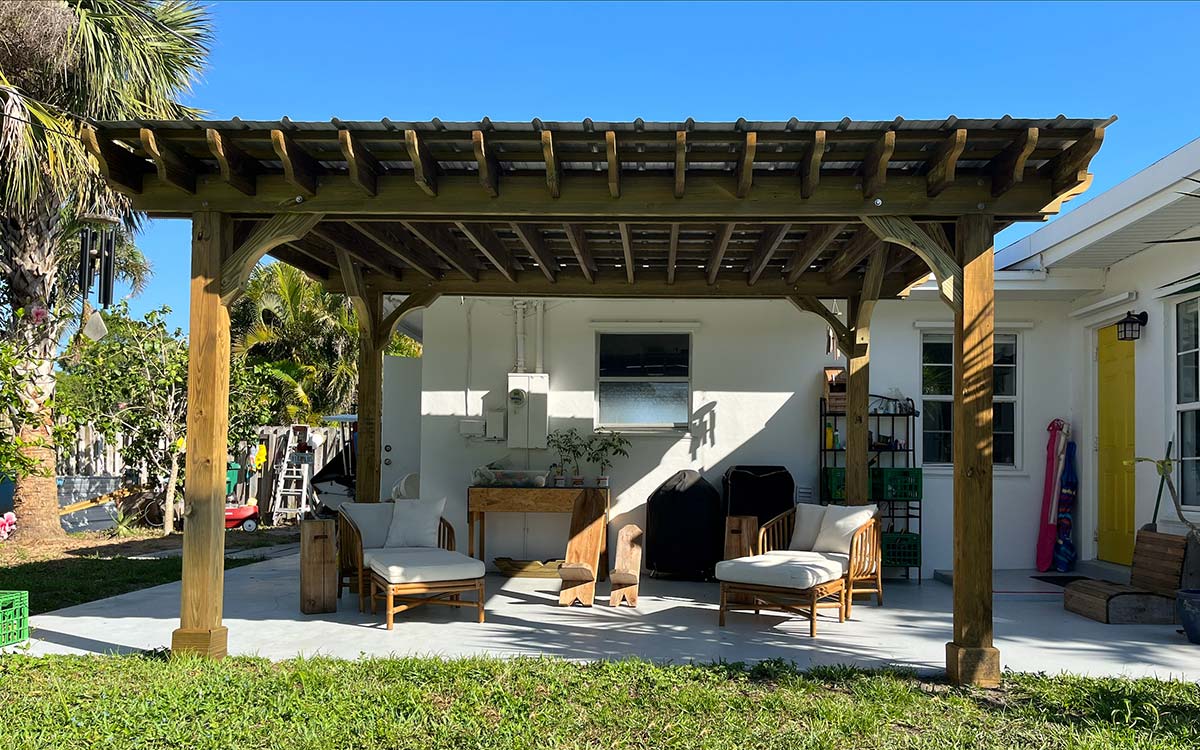
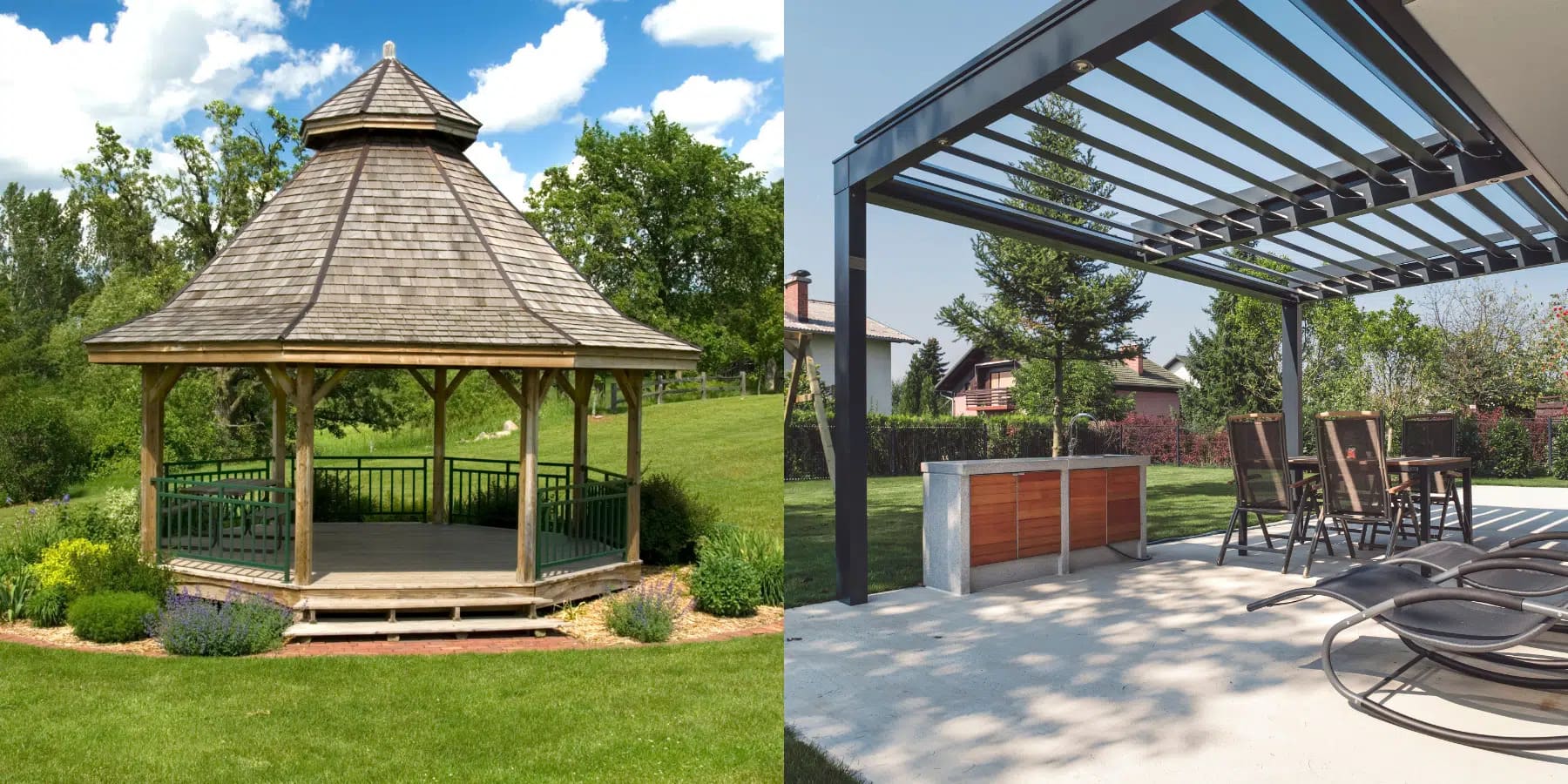
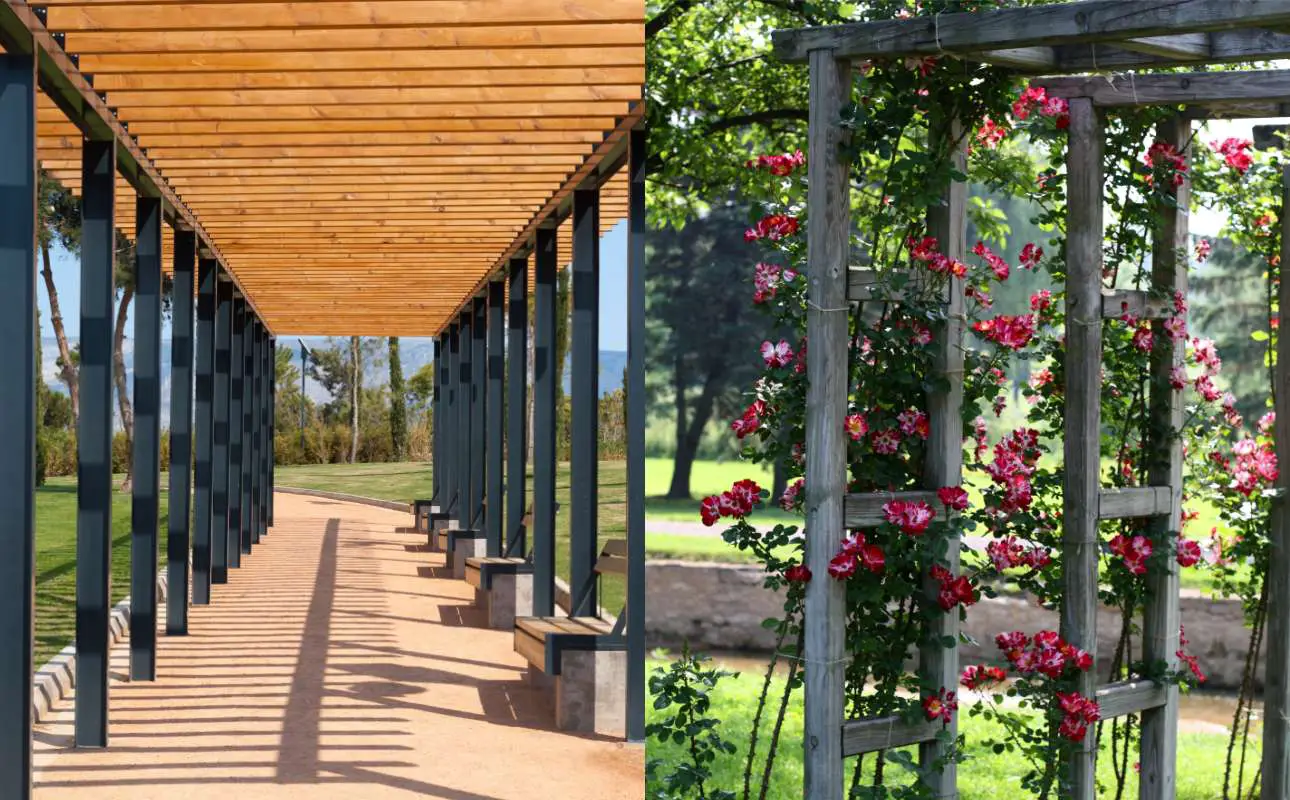
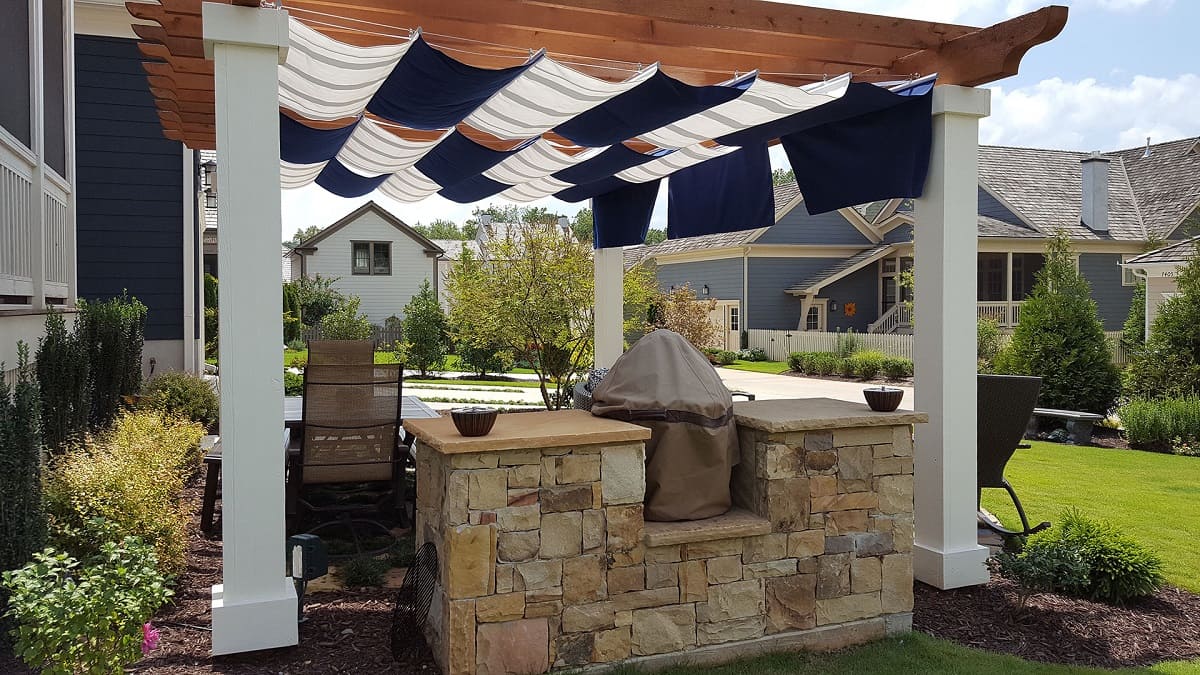

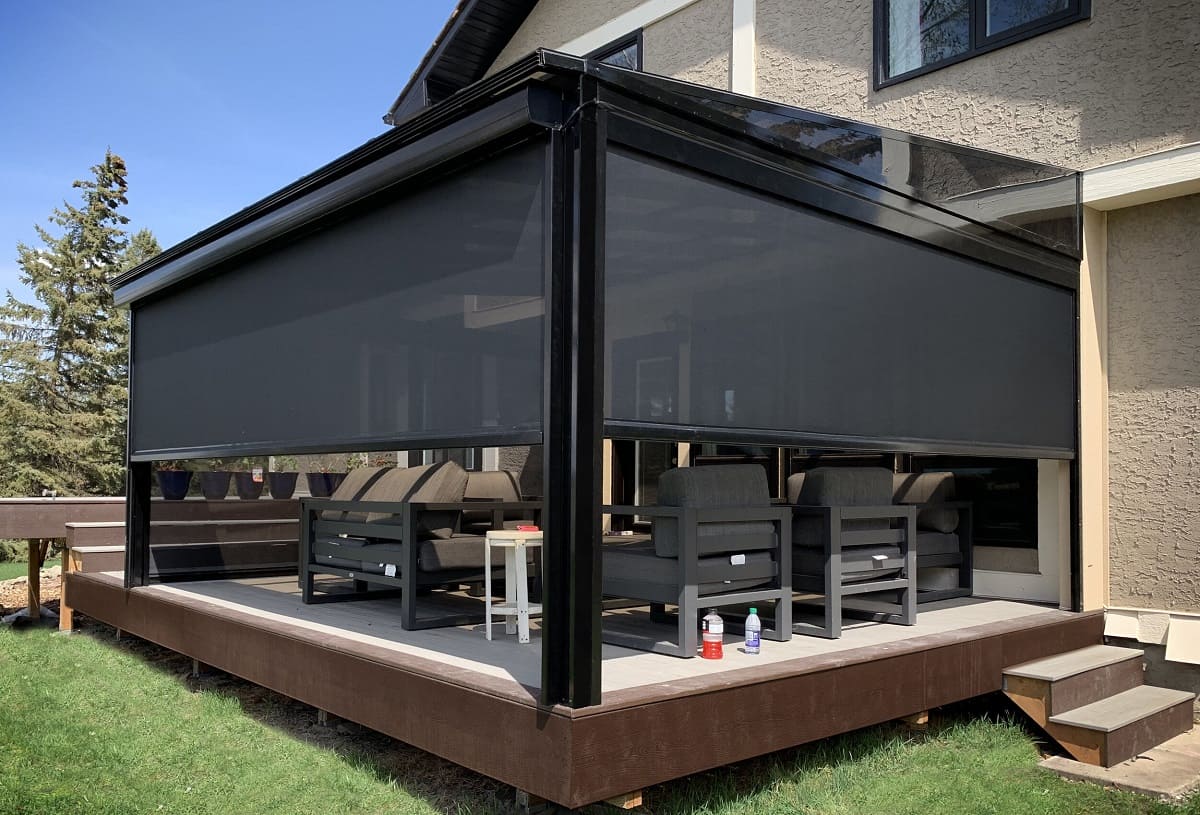
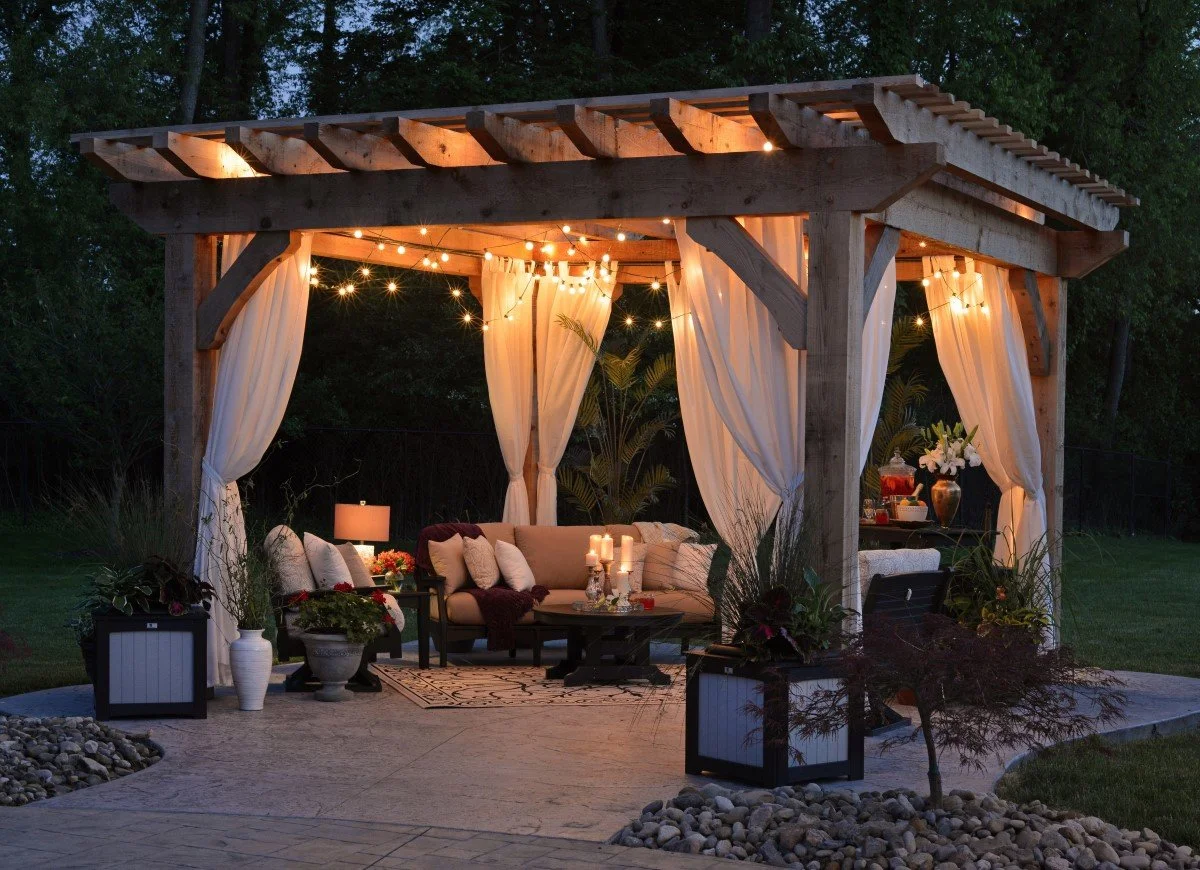
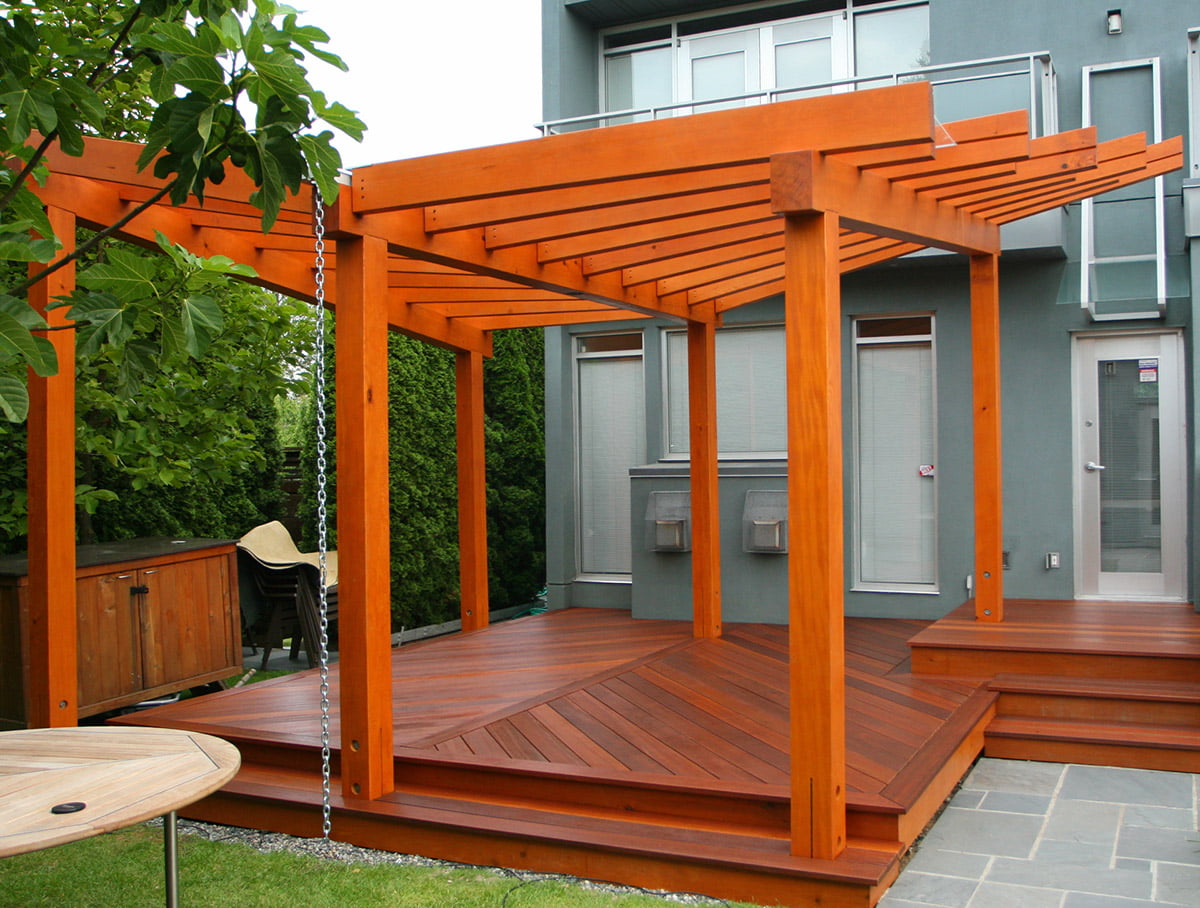
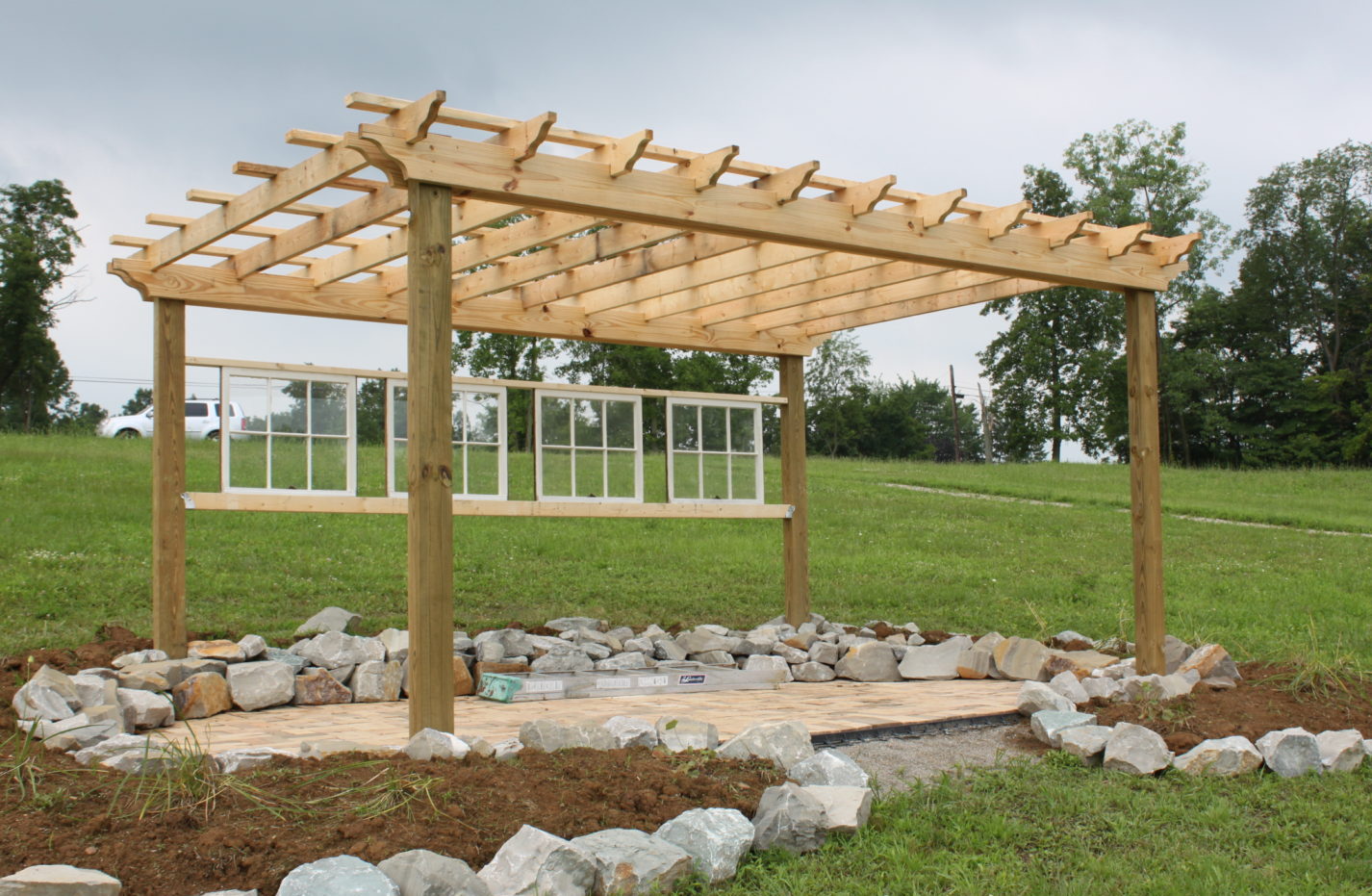
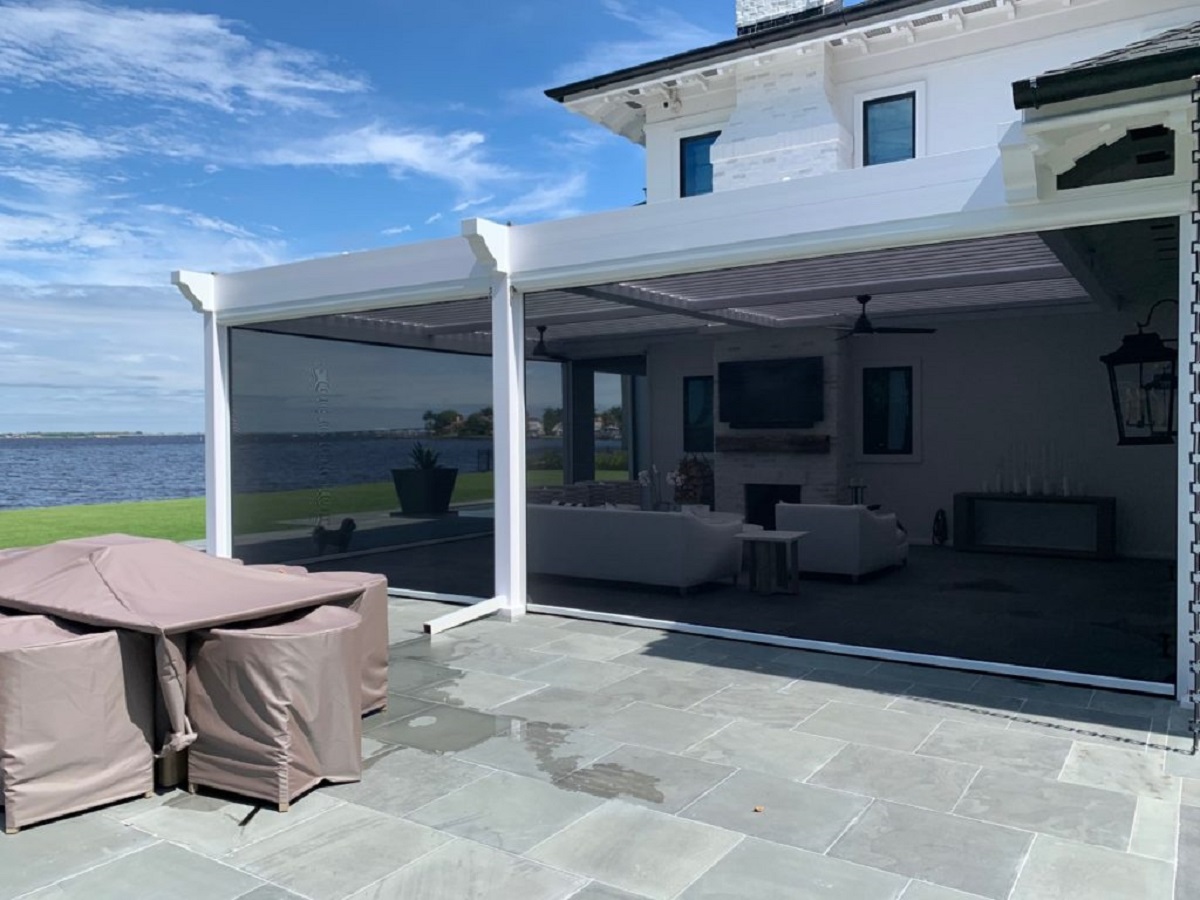

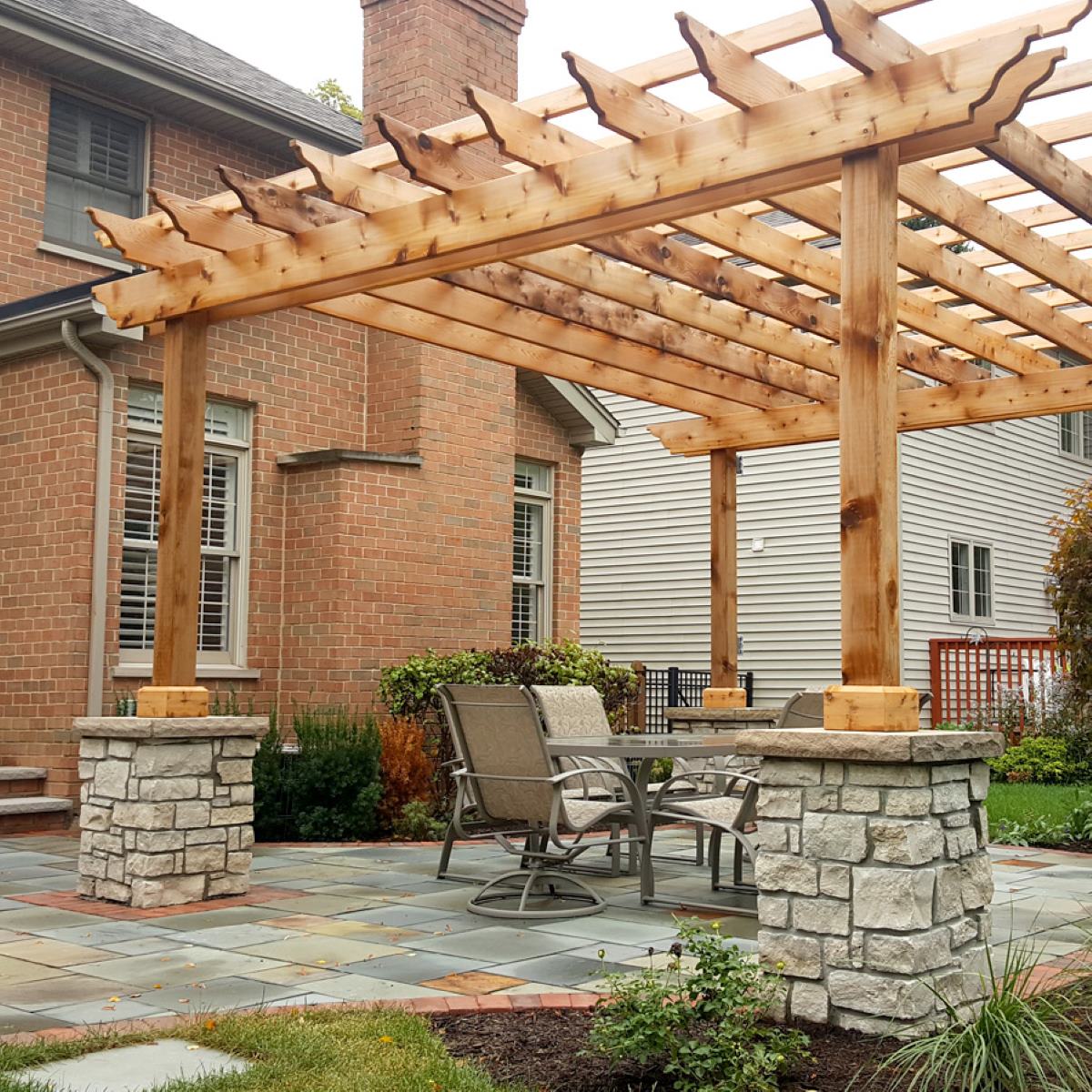

0 thoughts on “What Is A Pergola For?”